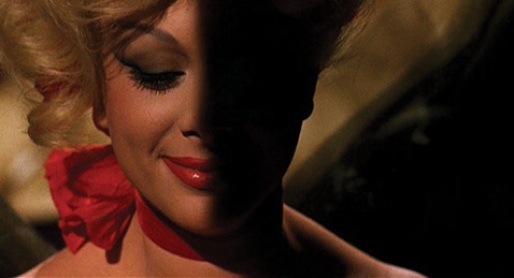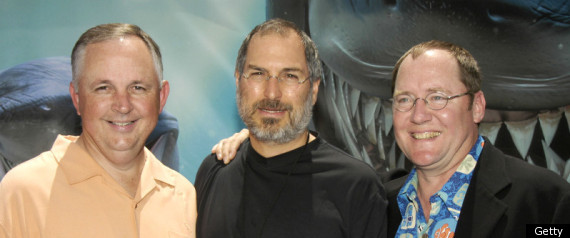If there’s something missing from “The Thing” it’s certainly not The Thing. We see plenty of it.
John Carpenter’s “The Thing” is a remake of a number of sci-fi B-movies from the ’50s that played on the Red Scare, and while this film lacks that cultural poignancy, it makes up for it in the stylish special effects of the day. Like David Cronenberg’s “The Fly,” it has stunningly outrageous makeup applied in all the wrong places, and it holds up because they’re tangible make-up effects rather than CGI.
Carpenter is of course the horror legend behind “Halloween” and a number of other ’70s and ’80s horror staples. “The Thing” however has a firm place on the IMDB Top 250, presumably for its unseemly effects and people that die really good. Some are incinerated, some are eaten by The Thing’s opening chest cavities or heads, Wilford Brimley shoves his fist into another guy’s mouth. It’s ridiculous, over the top violence that is handled all too gratuitously, but it at least works as a novelty.
Unfortunately, the movie is missing character depth, wit, charm, and even an eerie sense of cabin fever that dominates trapped on the far side of the moon monster movies.
As did the ’50s “The Thing from Another World” or “The Invasion of the Body Snatchers,” “The Thing” is a movie about paranoia and being uncertain about your safety when the enemy could be any of your closest friends. But it’s not an engaging story when all of the characters are one-dimensional, underdeveloped and uninteresting. We catch glimpses of faces and names but are only even partially attached to Kurt Russell’s character MacCready.
And allow me to say now, it’s a bad thing when Kurt Russell is the one giving your movie’s strongest performance. The acting throughout is pretty stilted, and my guess is that the camp appeal in the characters better fits the preposterous goriness.
The verdict is that “The Thing” can barely hold a candle to say, “Alien” or “The Fly,” amongst many others, although I’ll give this ’80s version benefit of the doubt that it is more visually inventive and absurd than the CGI gore-fest of a remake that’s being released in theaters today.



